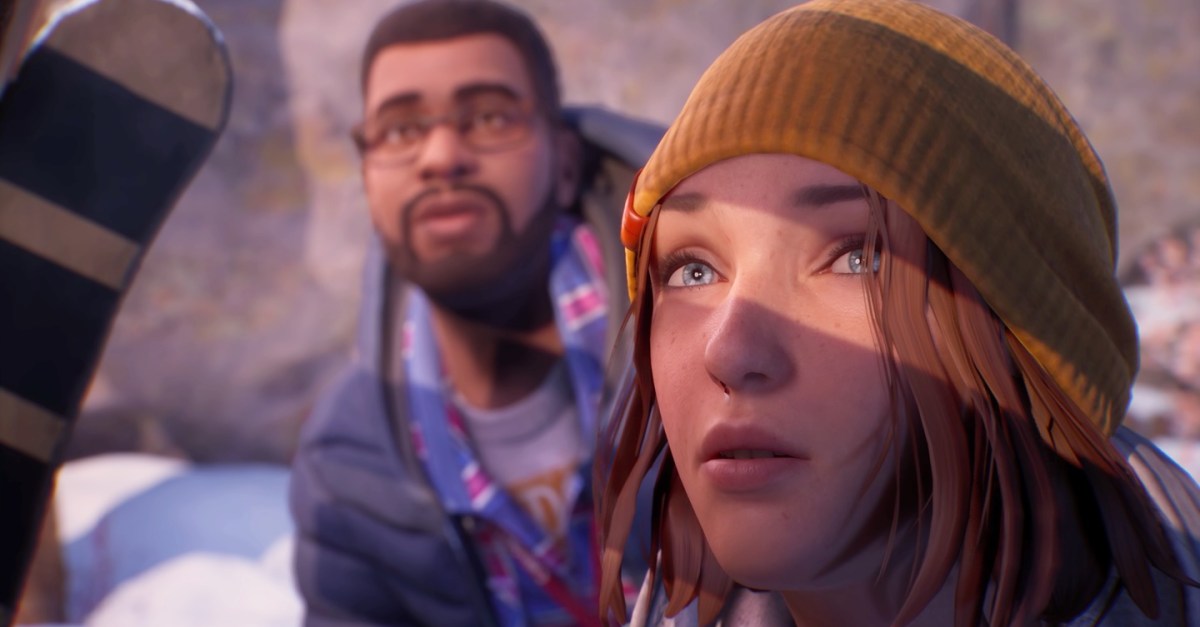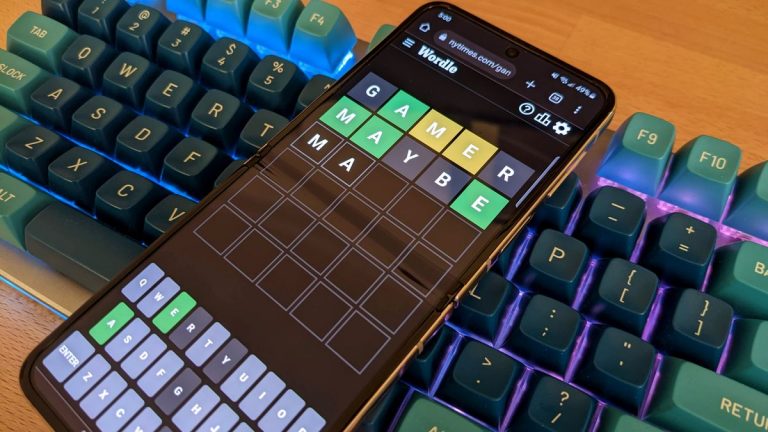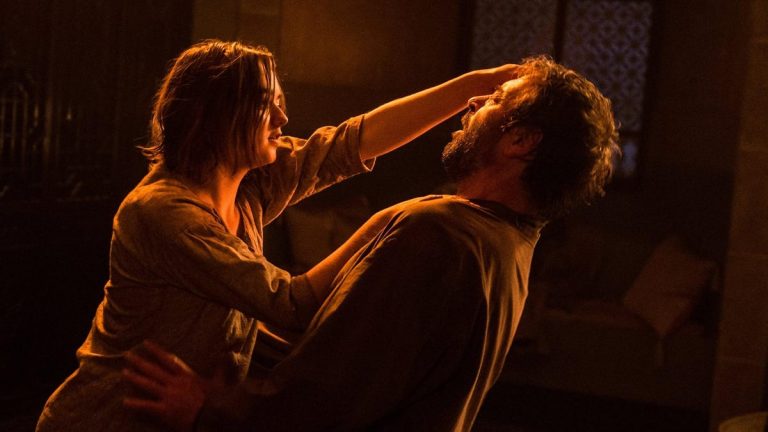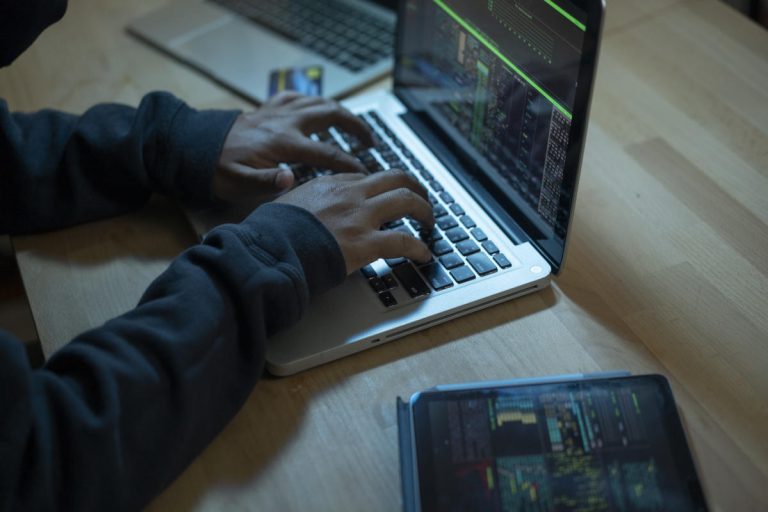Life Is Strange: Double Exposure is more of a puzzle game than I expected

Life Is Strange: Double Exposure simultaneously serves as a welcoming return and an exciting leap forward, as fan-favorite protagonist Max Caulfield steps back into the spotlight with new friends, a fresh mystery, and reality-bending abilities. I took the game for a spin during Gamescom and the demo revealed, to my surprise, that Double Exposure may be the series’ most mechanically intriguing entry yet.
With the game set a decade after the events of the original Life Is Strange, the now-adult Max has left Arcadia Bay and works as an artist-in-residence at Caledon University in upstate Vermont. She’s formed a new friend circle in Moses, a science enthusiast, and Safi, daughter of the university’s president. Since the cataclysmic events at Arcadia Bay, of which both endings will funnel into this narrative, Max has sworn never to use her time-rewind power again. However, her new peace becomes shattered when Safi is mysteriously murdered, prompting Max to attempt to save her by winding back the clock for the first time in years. For reasons unknown, the lengthy period of inactivity has caused Max’s power to evolve, and she manages to tear through the fabric of time and space to access an alternate timeline where Safi still lives but remains in mortal danger. Thus, Double Exposure becomes a double murder mystery with players utilizing Max’s newfound Shift power to jump between timelines to discover the identity of the killer in one reality while preventing Safi’s murder in the other.
The Gamescom demo takes place shortly after Safi’s murder. I won’t spoil the narrative details, but Max must retrieve Safi’s camera from a classroom while avoiding detection by a snooping detective. While the room is locked in her current timeline, the same may not be true in the alternate reality. Keeping track of which timeline you occupy is easy thanks to an icon in the upper-left corner labeling the reality as “Living” or “Dead,” referencing Safi’s fate in that world. Using Max’s Pulse ability, another new trick that lets her detect and reveal ghostly elements from the other timeline without doing a full swap, I find a glowing weak point between realities where switching timelines becomes possible. Making the jump sees Max pull apart the current reality like she’s opening a pair of curtains to instantaneously cross over to the other side. The snappiness of this transition makes for a cool visual.
Getting my hands on Safi’s camera becomes an involved exercise in exploring the two-story room, finding clues and hitting dead ends that can only be circumvented by switching to the other timeline. Elements such as the room’s layout, the characters’ current activities and moods, and the location of important items differ in each timeline, and the crux of puzzle-solving involves figuring out how gathering information in one world answers a question in the opposite one.
What begins as a simple search for a safe spirals into using an astronomy chart to find a vital constellation referenced by Moses, then activating a projector to overlay a star chart on a classroom mural in such a manner that the orientation of the constellation reveals the hidden location of the safe’s item. Solving this single puzzle requires several timeline shifts to unravel smaller riddles that logically build toward the solution.
Upon solving this puzzle, the detective forces his way into the classroom, triggering a stealth sequence where I need to escape the room undetected. Simply sneaking past him isn’t enough; I need a loud object to create a distraction, and it can only be found in the Living reality. Since the patrolling investigator blocks certain routes in the cluttered, box-ridden room, getting past him requires a few strategic uses of Shift, as he’s not present in the Living timeline.
While Double Exposure seems to test your noodle more than previous entries, it still heavily emphasizes managing character relationships and steering the story through dialogue choices. However, timeline hopping adds some spice to this formula. While a character may be hesitant to reveal a crucial personal secret in one timeline, their counterpart may be more forthcoming, offering information that can give Max the upper hand. Resorting to using knowledge Max technically shouldn’t possess may not go over well, though, adding a thoughtful wrinkle to conversations.
The Double Exposure Gamescom demo sold me on Shift as a fun mechanic, and I’m excited to see how the game further leverages it to tell its tale. Tack on the return of Max and I’m itching to see how this multiversal murder mystery unravels.
Source: www.polygon.com






